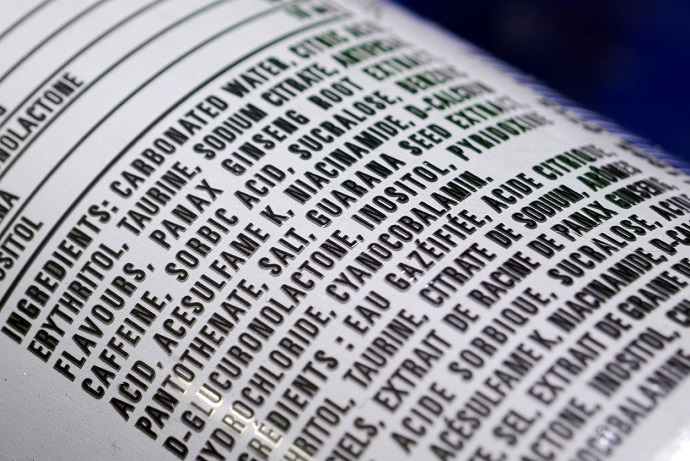Welcome back to our ongoing series about food additives! We’ve already reviewed common additives starting with A, B, and C. Now, let’s look at the D list.
Dextrose monohydrate
Dextrose monohydrate is a commonly used sweetener that’s found naturally in honey and fruit. It’s typically sourced from the starch of plants, like corn, and can be used to add sweetness to a food item. Dextrose monohydrate is a simple sugar compound, which means it can be broken down quickly for energy. As such, athletes may benefit from eating foods containing dextrose because it digests quickly and provides fast energy.
Disodium ethylenediaminetetraacetate (EDTA)
This acidic chemical compound acts as a chelating agent in food. Chelating agents protect food from deterioration by binding metal ions to prevent them from creating a chemical reaction. This process is beneficial in food production because unbound metals can become reactive in oils, causing rancidity, which affects flavor and shelf life. EDTA helps retain color and flavor in pickled foods, canned foods, carbonated soft drinks, and condiments and salad dressings. The foods that do have EDTA contain a minimal amount, which is unlikely to cause adverse effects.
Diacylglycerol oil (DAG oil)
Emulsifiers, such as DAG oil, are commonly added to foods to create a smooth texture, prevent separation, and extend shelf life. DAG oil is a fat emulsifier that occurs naturally in plant oils, and is often found in baked goods, mayonnaise, margarine, and vegetable oil spreads. This additive is included on the Food and Drug Administration’s Generally Recognized as Safe (GRAS) list, while Health Canada has stated that it doesn’t pose a safety risk to humans.
Stay tuned for the next addition in our series, which will take a look at food additives starting with E.







